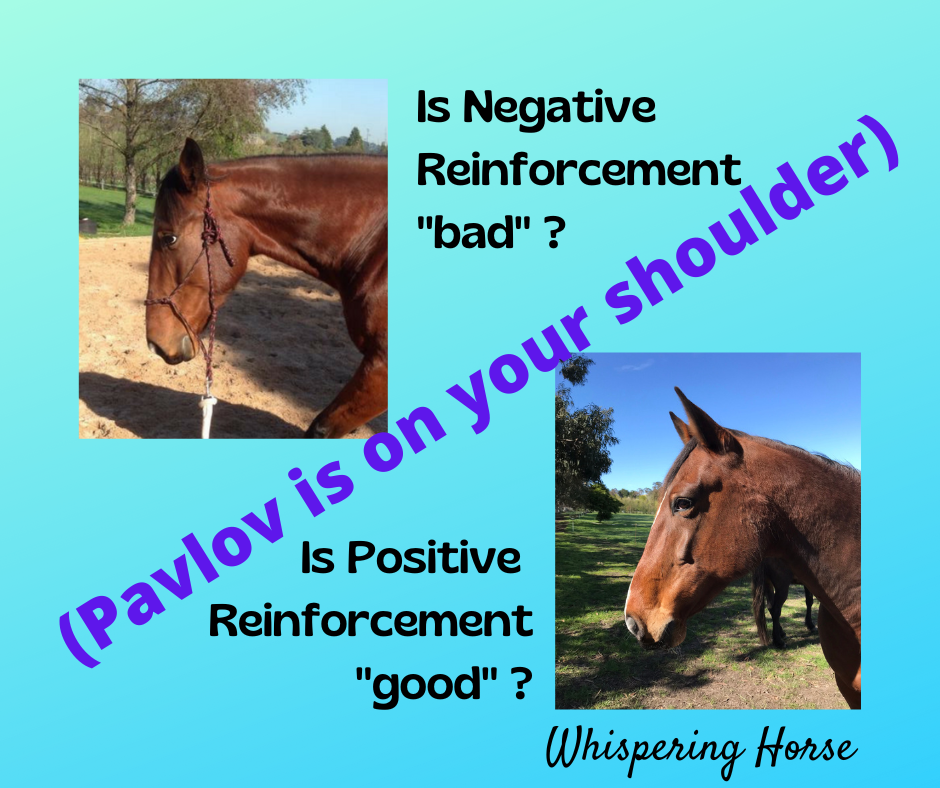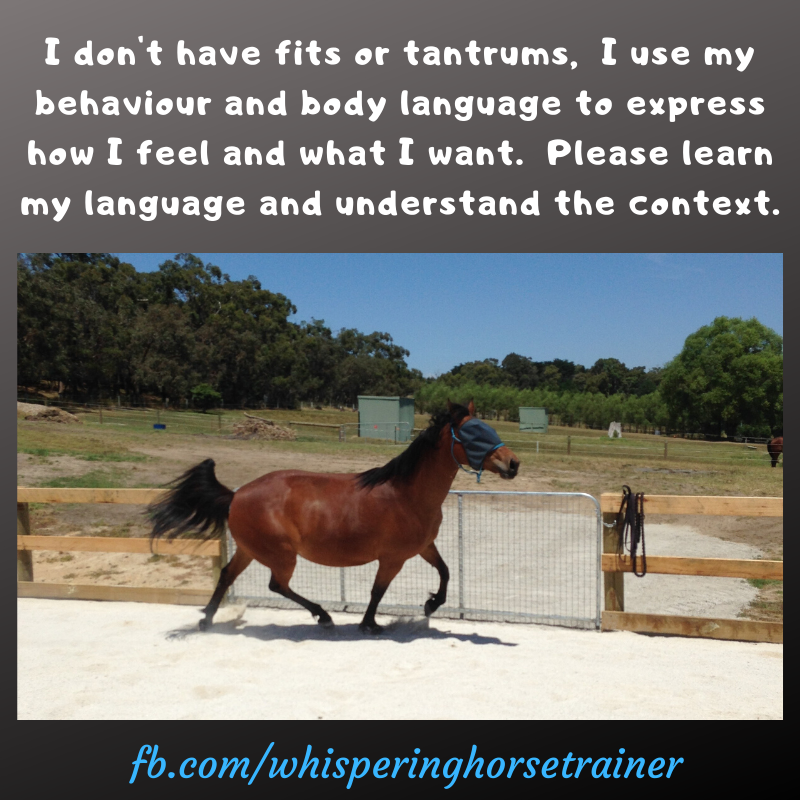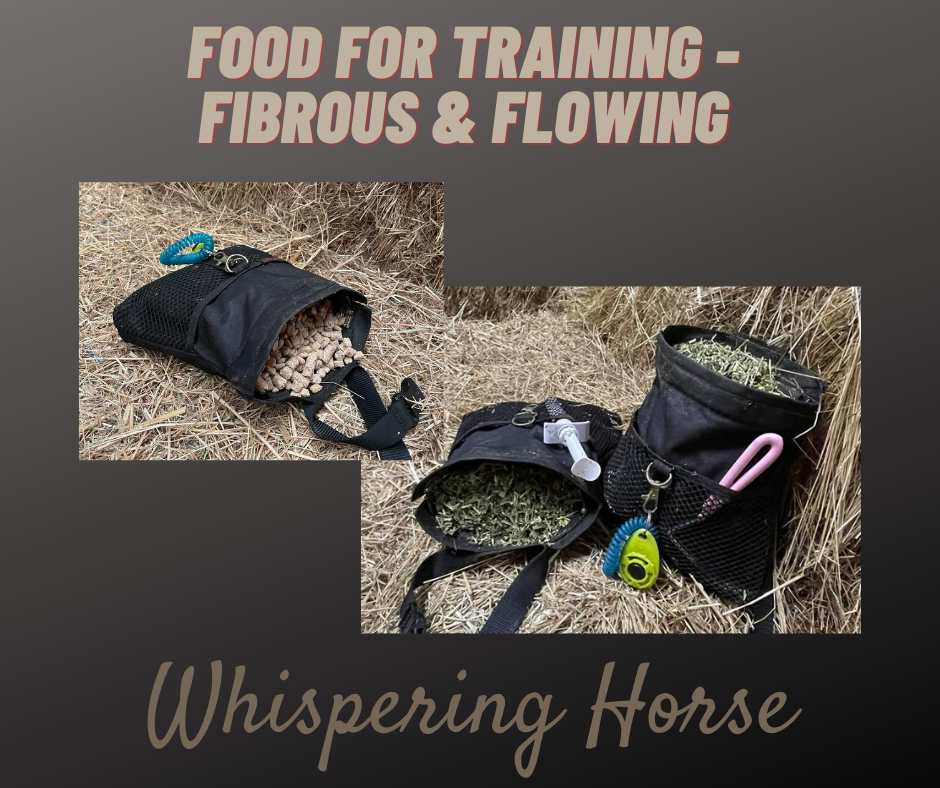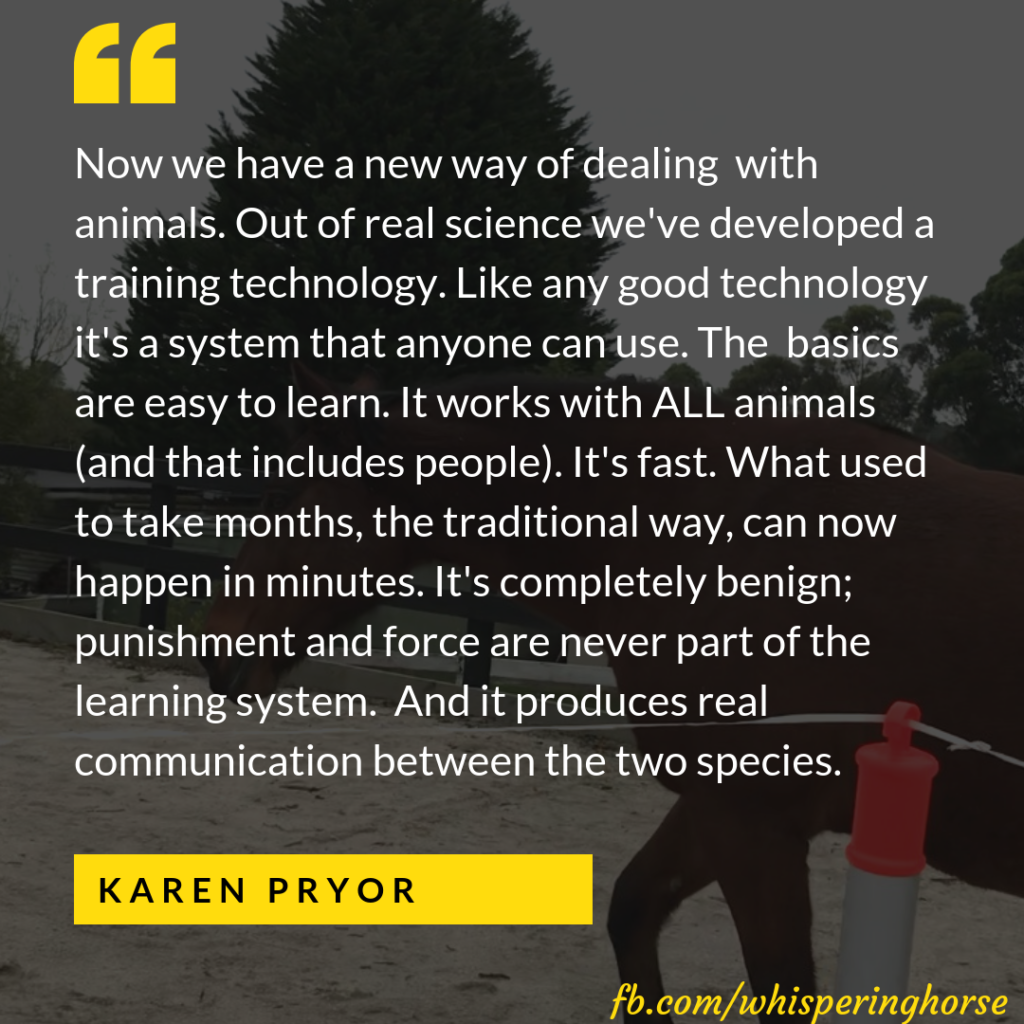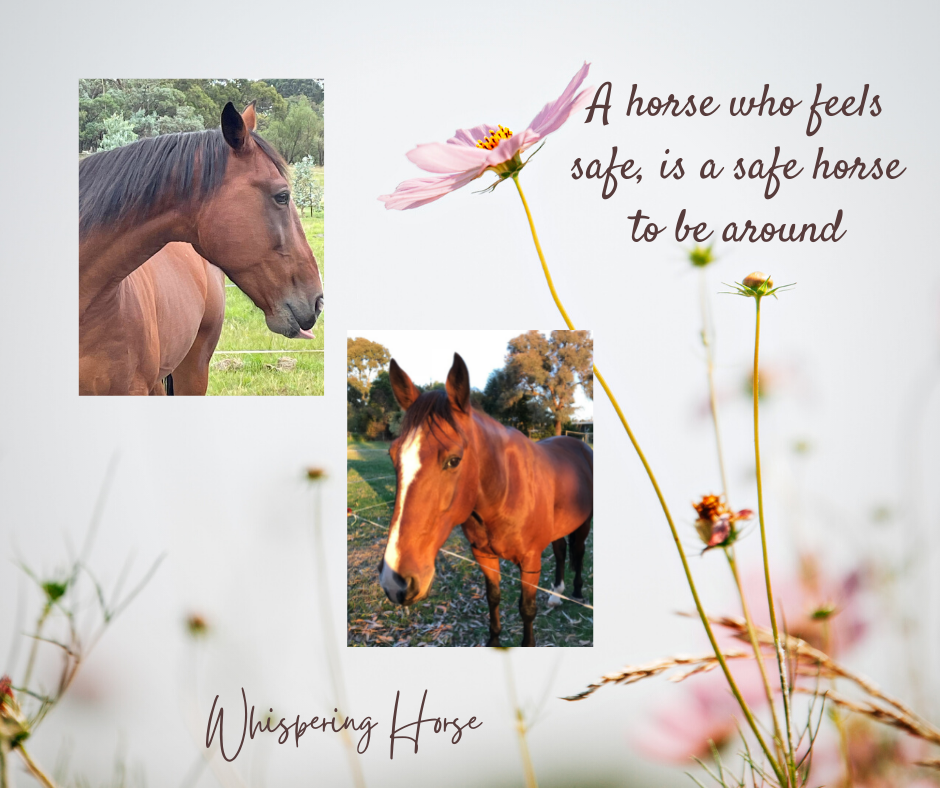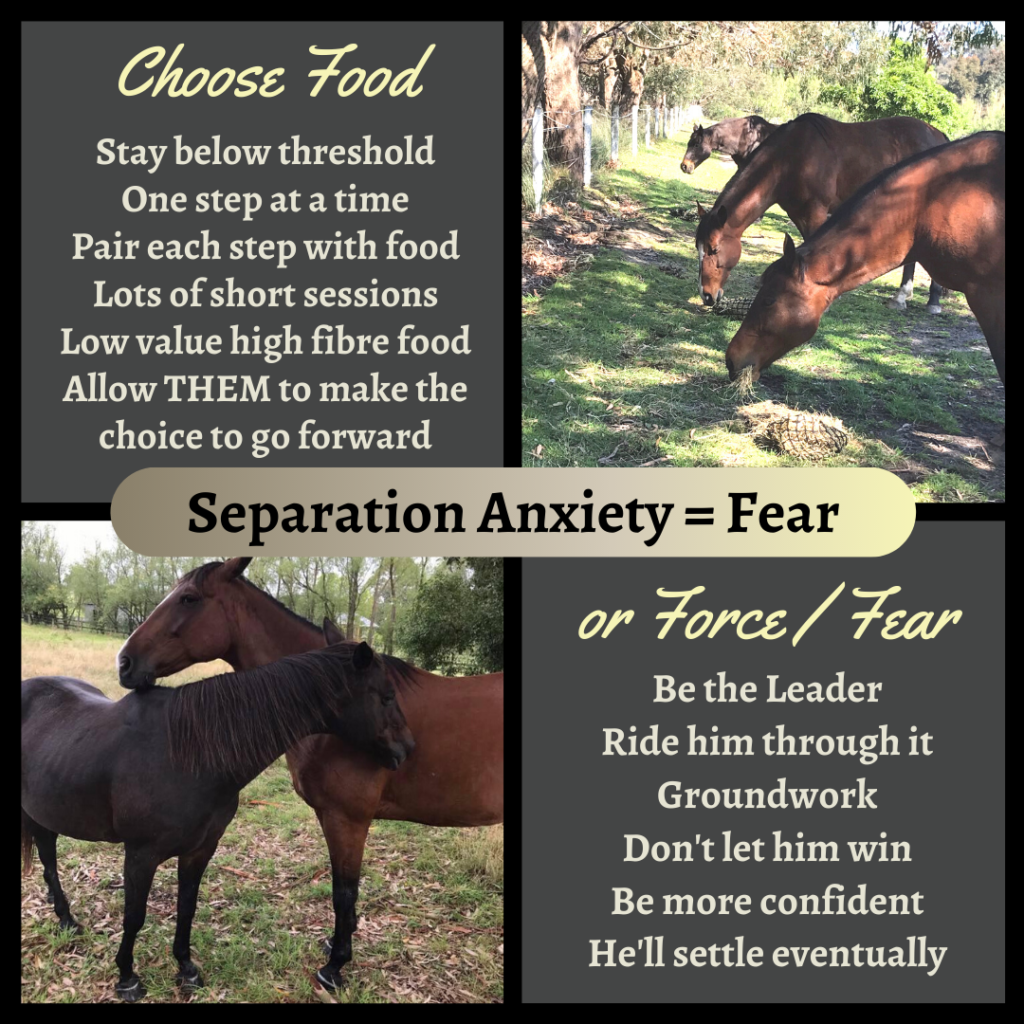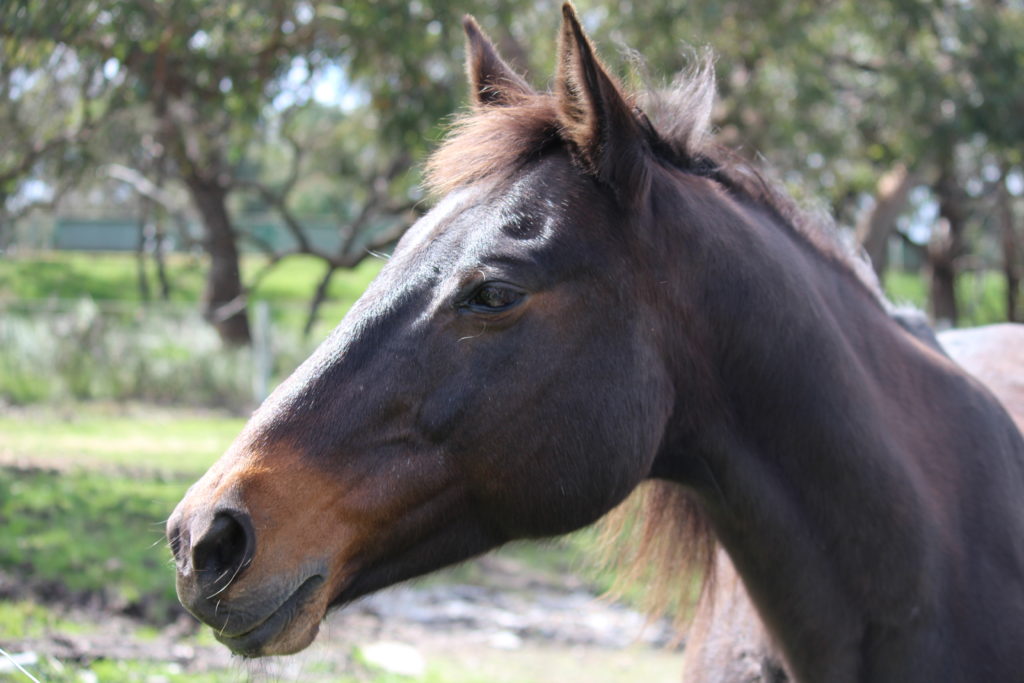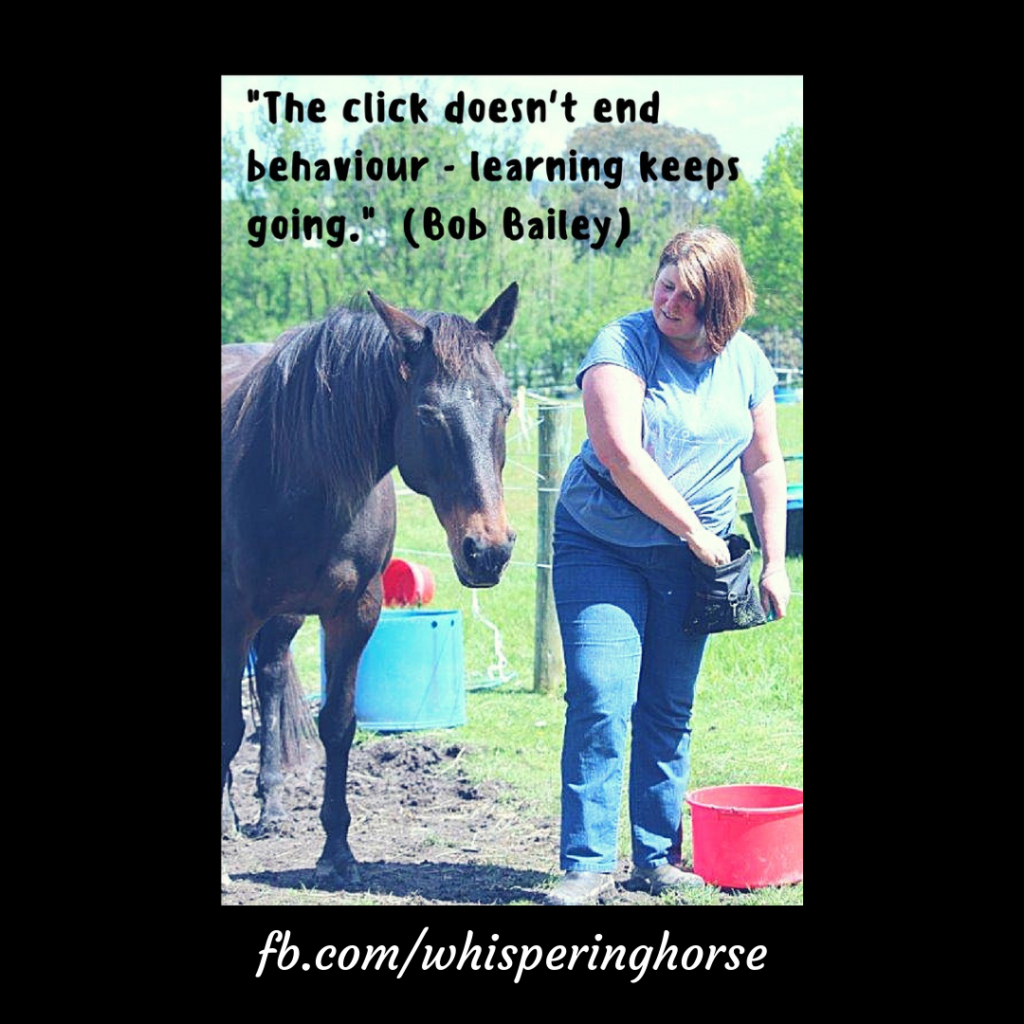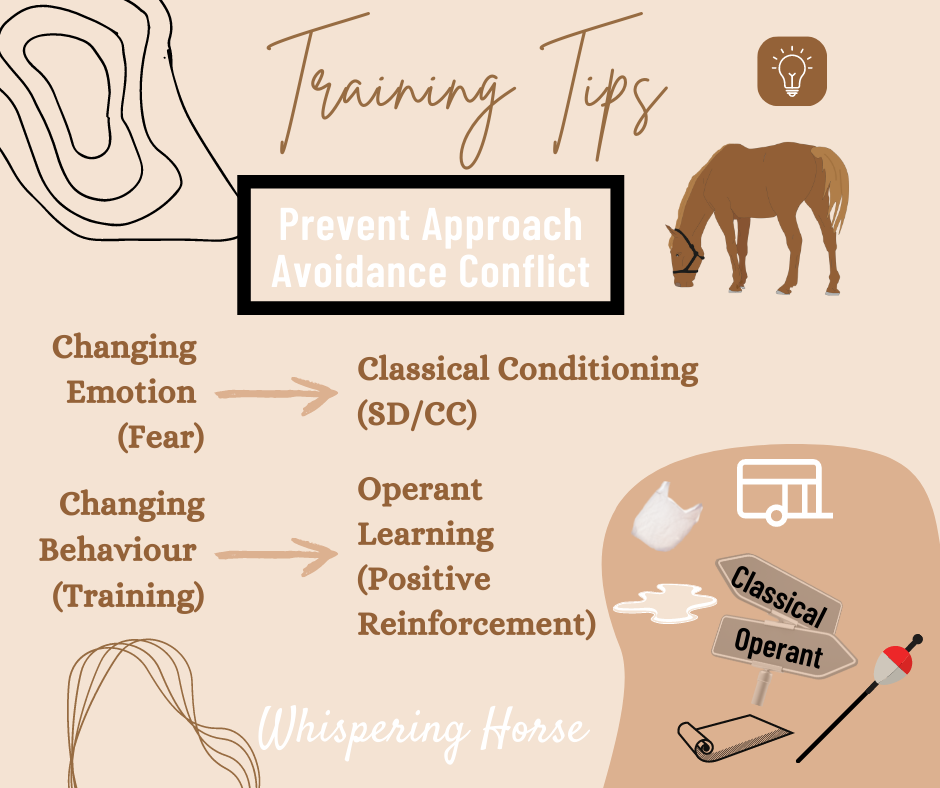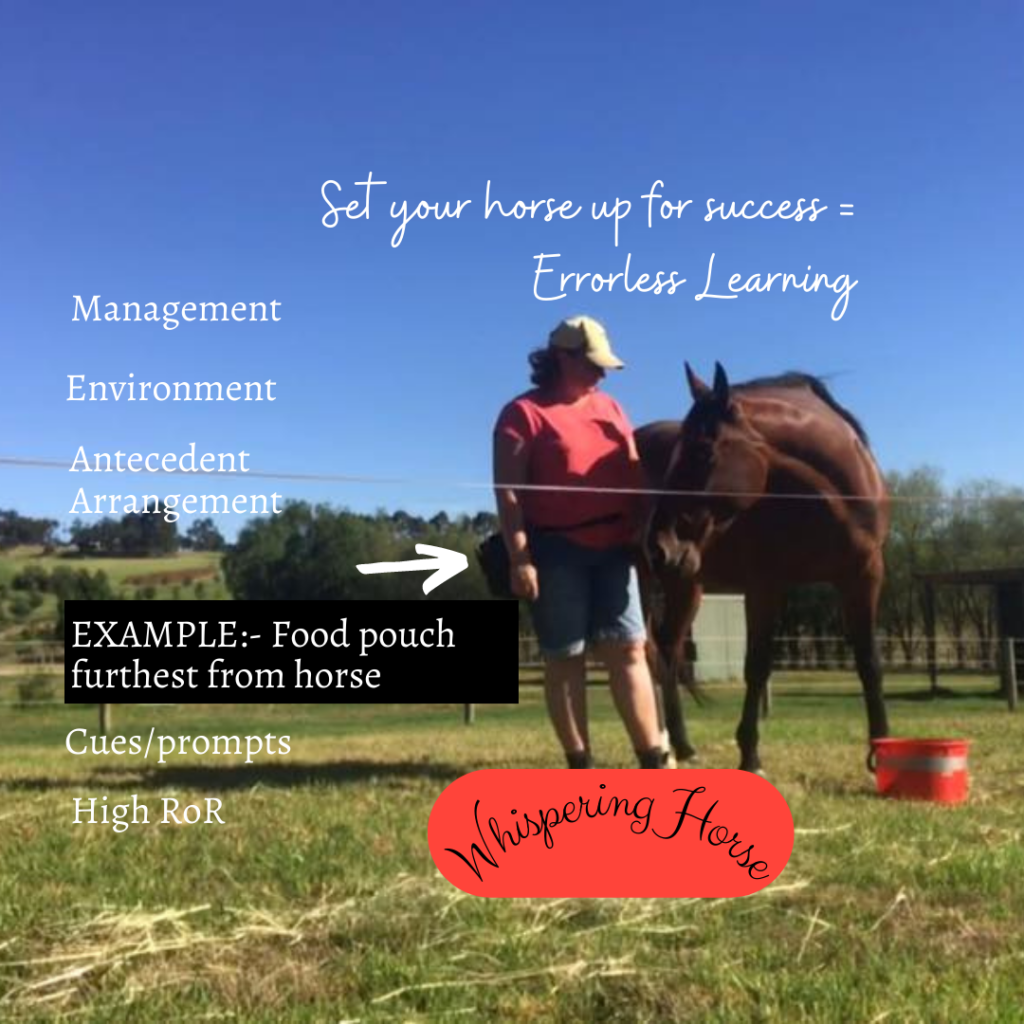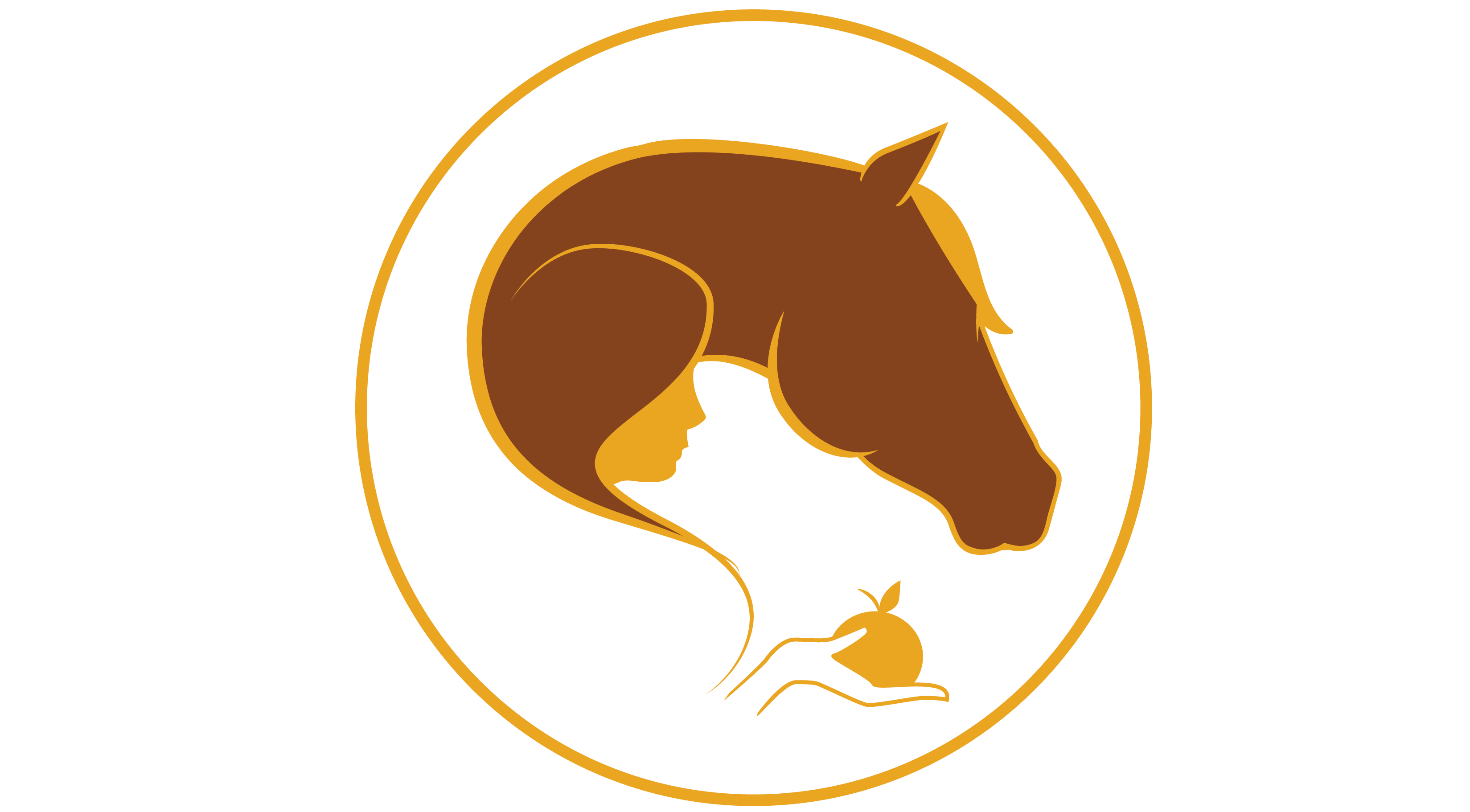Is Negative Reinforcement “bad” and is Positive Reinforcement “good”?
Is Negative Reinforcement “bad” and Positive Reinforcement “good”? There is always a lot of discussion that regularly does the rounds on social media surrounding the question, is Positive Reinforcement “good” and Negative Reinforcement “bad”? First of all, I would ask, for who? The trainer or the horse/animal? You are then assured that positive simply means […]
Is Negative Reinforcement “bad” and is Positive Reinforcement “good”? Read More »

